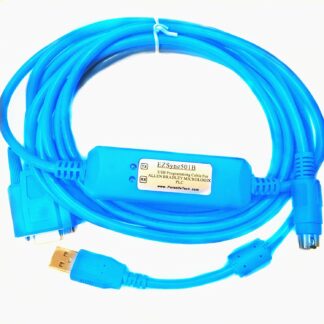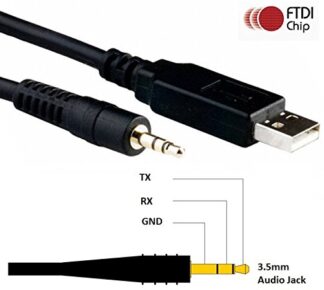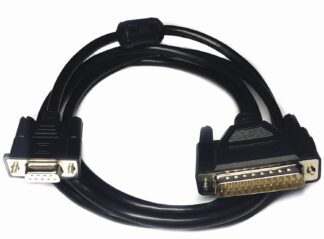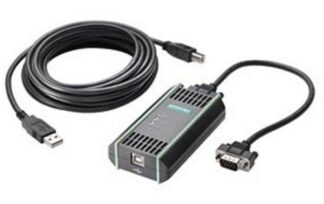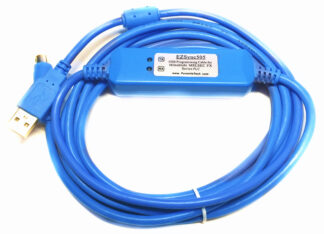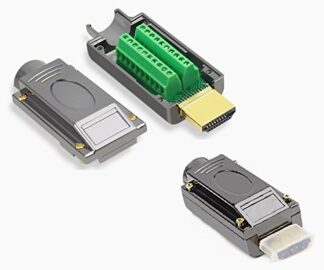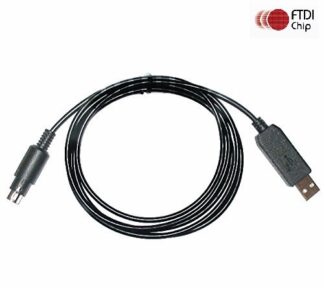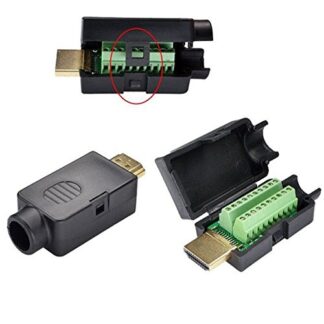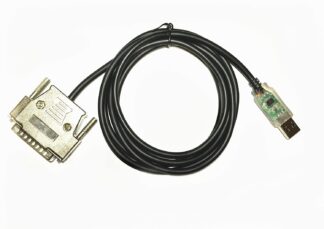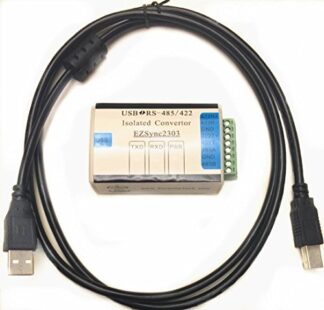The installation of driver software for Serial to USB chips, such as FT232, PL2303, CH340, and CP210x, is a crucial step in ensuring the seamless communication between your computer and devices that use serial communication protocols. These chips are commonly found in USB to Serial adapters and various embedded systems, allowing users to interface with microcontrollers, sensors, and other serial devices with ease.
Driver software enables your computer to recognize and communicate with the Serial to USB chips, bridging the gap between USB and serial protocols. The availability of the correct driver software ensures that your computer’s operating system can recognize the adapter and assign the appropriate COM port for communication. This is vital for applications that require data transfer between the computer and the serial device, such as industrial automation systems, point-of-sale terminals, and data logging equipment.
To get started with the installation, first identify the specific chip used in your USB to Serial adapter. This information can typically be found on the product packaging, the device itself, or in the product documentation. Once you’ve identified the chip, visit the manufacturer’s website to download the latest driver software compatible with your operating system. Detailed installation instructions are usually provided by the manufacturer, making the process straightforward and user-friendly.
Once the driver software is installed, you should verify that the adapter is functioning correctly. This can be done by connecting the adapter to your computer, checking the assigned COM port in your operating system’s device manager, and testing communication with a serial device. By following these steps, you’ll ensure a smooth and reliable connection between your computer and your Serial to USB devices, enabling seamless data transfer and communication.
